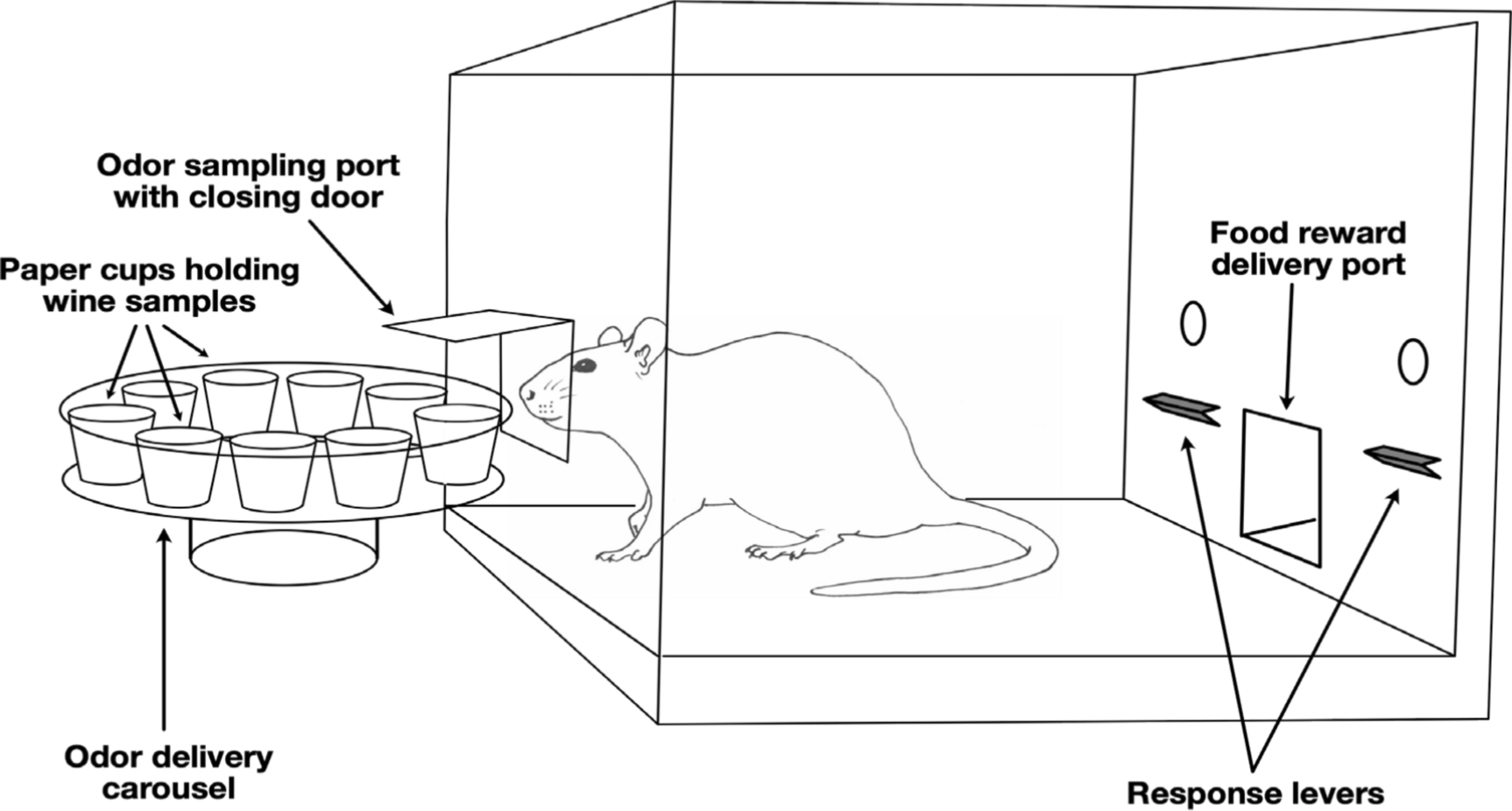Using descriptive language and explaining the way something tastes or smells might be a uniquely human trait but that doesn’t mean that other animals are capable of distinguishing between different types of food or drink. While discriminating between different wine varieties is a challenge even for people, for nine rats it seems their careers as sommeliers are only just beginning.
ADVERTISEMENT
Compared to humans, rats have around 1,200 functional genes that work as smell receptors, while humans have around 400. However it is thought that humans make up for their lack of receptors with higher levels of cognitive processing, including the use of language, especially when it comes to putting things in categories. Wine tasting is a highly challenging skill for non professionals, and is often aided by language descriptions. However the team wanted to see if the rats would be able to first learn two categories of distinct white wine varieties – Riesling and Sauvignon Blanc – and then be able to categorize more new wines into these two groups.
For the training part of the experiment, each rat was placed in a box with a nose poke hole and two levers. At the nose poke hole was a carousel of eight paper cups containing both wine varieties, four Sauvignon Blanc and four Rieslings. The wine was presented and the rats were conditioned to expect a treat when one type of wine was present. They could then start to learn the differences in smell for each type of wine.

The experimental set up.
In the testing experiment the setup was the same, however after 5 seconds, if the rats pressed the correct lever then they were rewarded with a sugar pellet. They pressed the correct level in response to the wine that got a reward in the training part of the experiment. If they pressed the wrong lever, the lever retracted and the light above the lever was illuminated and no reward was given.
Overall the rats were able to distinguish between the two varieties. The team then took it a step further to see if the rats could sort new wines into the categories they had just learnt. In the test part there was a 94 percent success rate for the rats to identify the wines they had been trained on. In the part of the experiment with the new wines there was a 65 percent success rate at choosing which variety they belonged too.
“Our rats were trained to recognize an odor profile for either Sauvignon Blanc wines or Riesling wines, and most of them were able to project these learned odor profiles to novel wines made from Sauvignon Blanc and Riesling,” explain the study authors. Unfortunately there was no information about which wine the rats thought best paired with ratatouille.
The study is published in Animal Cognition.
Source Link: Rats Are Surprisingly Good Sommeliers And Can Distinguish Between White Wines